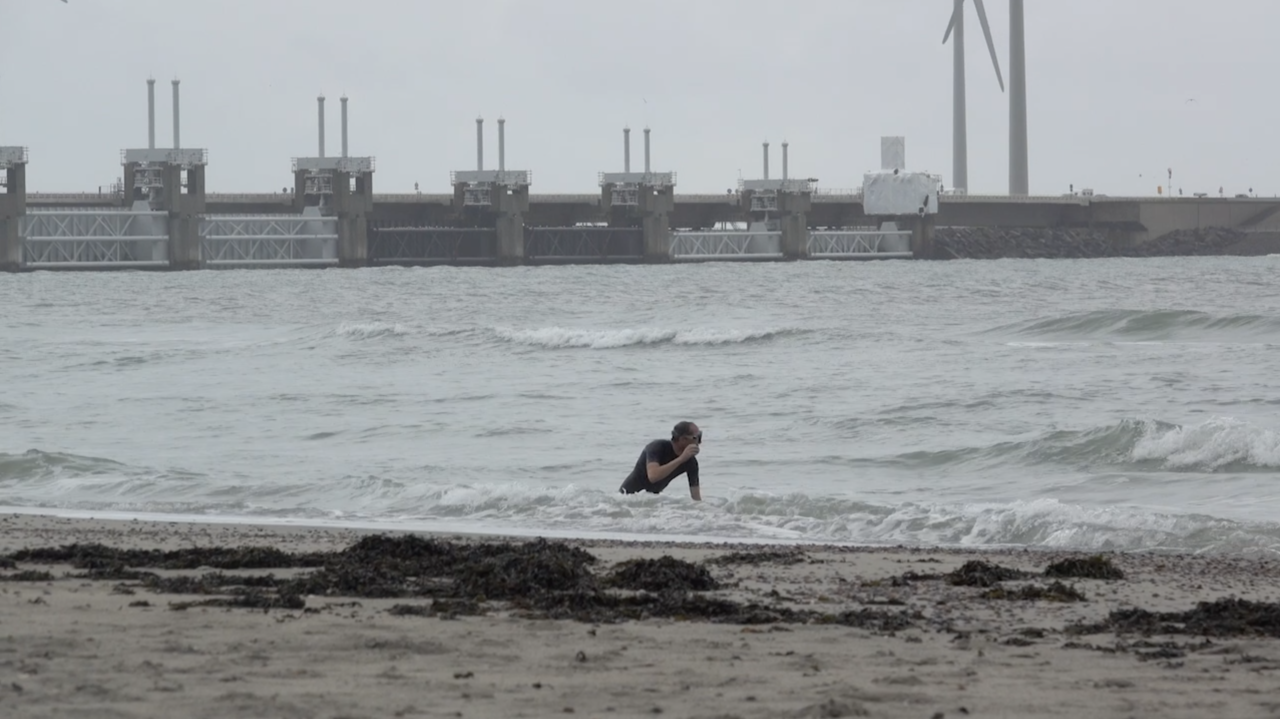Not Fit for Statistics
Policymakers struggle when no indicator species can be found to underpin policy decisions and scientists lament that they just can't get a trendline out of a species. When a species is simply unpredictable, nature conservationist and researcher Sander Turnhout sarcastically calls this: Not fit for statistics.
Dutch biologists Theunis Piersma and Rob Oudman identify limits to our understanding of complexity in animal populations and ecosystem dynamics. Their study of the interactions between shorebird populations, mollusc populations, and environmental factors rapidly spiralled out of control when shorebird diets turned out to respond to many factors across summer and winter domains with a geographic spread stretching from Northern Europe to Africa. On inspection the birds also displayed significant variation in personal preferences. Effectively bird behaviour changes yearly even at the level of individual birds. No general formulation of the behaviour would do justice to the variety and complexity of interactions between these birds and their prey. These birds are “not fit for statistics”. Sander Turnhout: “Following the River Clubtail around: how games and grids transform networks of biodiversity recording and policy” Their book De Ontsnapping van de Natuur, which roughly translates as The Un-understanding (or escape) of Nature Thomas Oudman, Theunis Piersma: De Ontsnapping van de Natuur, een nieuwe kijk op kennis, culminates in this predicament: how can we protect what we cannot understand? Their argument is a plea for a science with a greater appreciation for and recognition of the unknown. Scientific research should aim for a more precise awareness of the limits to understanding. Overconfidence on our part is causing harm to wild populations already, they assert.
 A tidal model for the southern rivers, in the city of Delft, a precursor to the Deltawerken research in De Voorst (1948). From: Frans Bosscher (ed): Het Waterloopbos, verhalen over het waterloopkundig laboratorium
A tidal model for the southern rivers, in the city of Delft, a precursor to the Deltawerken research in De Voorst (1948). From: Frans Bosscher (ed): Het Waterloopbos, verhalen over het waterloopkundig laboratorium
Why look at animals?
In his essay that carries that question as its title John Berger: “Why Look at Animals?”, John Berger addresses the role of animals as highly esteemed informants. He writes: “To suppose that animals first entered the human imagination as meat or leather or horn is to project a nineteenth-century attitude backwards across the millennia. Animals first entered the imagination as messengers and promises. For example, the domestication of cattle did not begin as a prospect of milk and meat. Cattle had magical functions, sometimes oracular, sometimes sacrificial.” Henry Beston notes: “In a world older and more complete than ours, they [animals] are gifted with extensions of the senses we have lost or never attained, living by voices we shall never hear.”
In Jainism the human is identified as a uniquely gifted listener and interpreter of animal guidance Ross Andersen: “A journey into the animal mind,” The Atlantic, 2019. On the top of Girnar mountain, “Neminath is said to have achieved a state of total, unimpeded consciousness, with perceptual access to the entire universe, including every kind of animal mind. Jains believe that humans are special because, in our natural state, we are nearest to this experience of enlightenment. Among Earth’s creatures, no other finds it so easy to see into the consciousness of a fellow being.” Ross Anderson: “A journey into the animal mind,” The Atlantic, 2019
Animals, plants, and other non-human entities have been environmental guides and mentors in cultures across the globe since time immemorial. Where academics like Piersma and Oudman struggle with the vast complexity of feedback loops between species and biomes, Traditional Ecological Knowledge (TEK) thrives through epistemological foci on, for instance, kin-centric and contextualised knowledges that make them adaptive from the outset and often built up over thousands of years by Indigenous peoples.
Messages from 170 drowned villages
Sea level rise is starting to form significant cracks in the coastal engineering confidence of the Dutch. Simply heightening the current infrastructures implies astronomical costs to secure Dutch coasts in their current positions. And the environmental costs too would continue to mount. Slowly the debate is starting to open up to other—more adaptive—ways forward. There is growing attention to the history of the region with a sobering world record of over 170 drowned villages (any settlement with a church counts as village) and here in the Netherlands we may even start to tentatively explore how to constructively retreat. That adaptive mindset actually has a much longer history in this landscape and was guided by the movements of water, wind, and sand as well as the behaviour of other kinds of beings. The stories from the drowned villages are starting to be heard again.
Set up by the Embassy of the North Sea, the Future of the Dutch Delta is a research team consisting of sociologist Darko Lagunas, artist Theun Karelse, and geoscientist Maarten Kleinhans with the aim to investigate the future of that estuary informed by listening to non-human actors in the region. Central to their approach is finding long term observers of non-human agents that operate between academic knowledge and TEK. Notable non-human agents for the region include the harbour porpoise and the eel as well as dunes and drowned villages Jan J.B. Kuipers (ed): Sluimerend in Slik, verdronken dorpen en verdronken land in ZuidWest Nederland. They offer a refreshing lineup to the ever-present engineers and policymakers that reduce the future of the area to an engineering discussion about the placing of dams and dikes. Climate change is setting challenges that dikes and dams can’t solve, moving beyond anything in our statistics. We are starting to hear the voices of the oyster and seagrass as powerful allies in coastal regions. Looking at the challenges ahead, including seawater rise in the Lowlands, we’d certainly be well advised to take much more notice of the enormous range of intelligences that share our planet.
Tyson Yukaporta describes what a long-term vision of the future coastal culture could entail when it is in dialogue with non-human inhabitants:
Saltwater people all around the continent [Australia] keep stories to preserve the maps and memory of lands drowned after the big ice melt. The stories are passed and people partner with whales, dolphins and others to continue caring for the Country beneath the Sea. This is important, as oceans will fall again as they have before, and we will want to return to that Country.Tyson Yunkaporta in Sand Talk: How Indigenous Thinking Can Save the World. For more on geomyths in Aboriginal cultures see also: “Island tales: culturally-filtered narratives about island creation through land submergence incorporate millennia-old memories of postglacial sea-level rise” by Patrick Nunn and Margaret Cook.
 First test at the Oosterschelde Storm Surge Barrier of a portable underwater speaker to play sonar sounds of harbour porpoises, during field research for the Future of the Dutch Delta
First test at the Oosterschelde Storm Surge Barrier of a portable underwater speaker to play sonar sounds of harbour porpoises, during field research for the Future of the Dutch Delta
❧
Further Reading & references can be found in the bibliography.